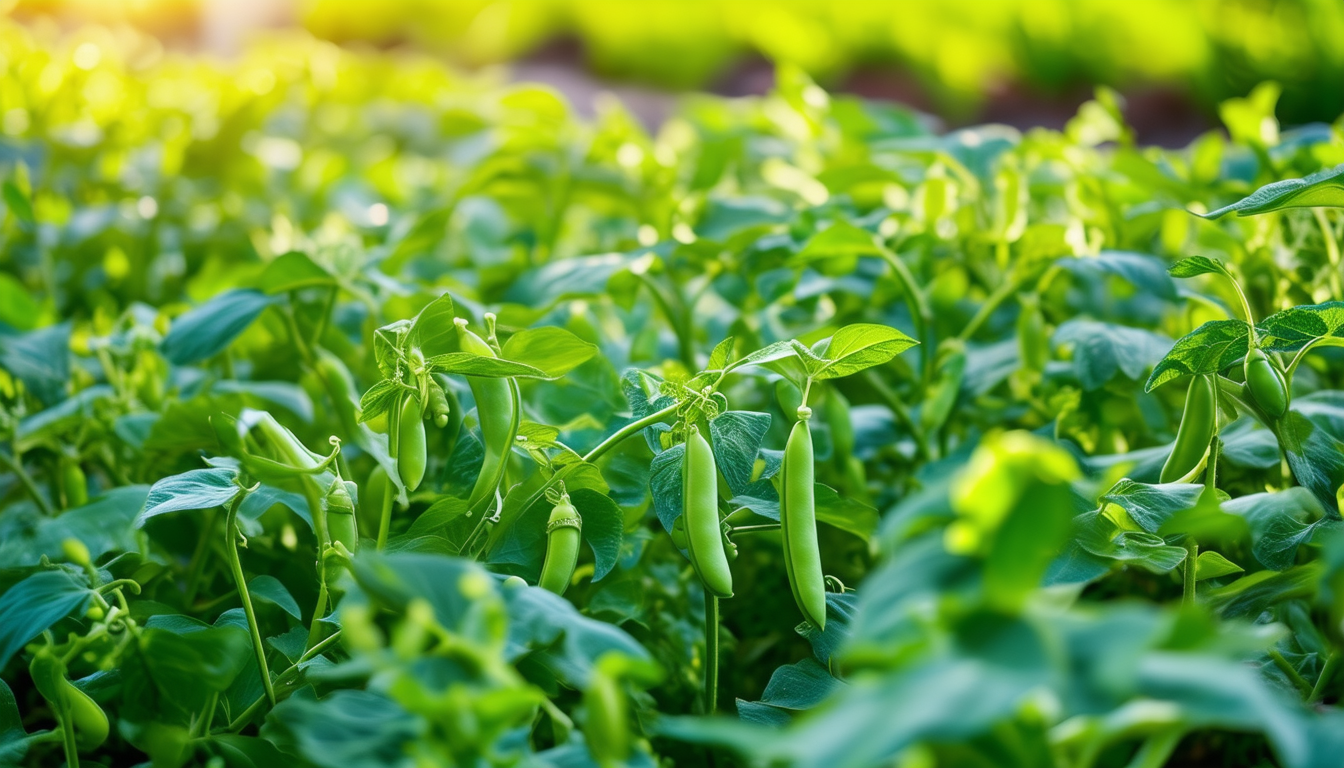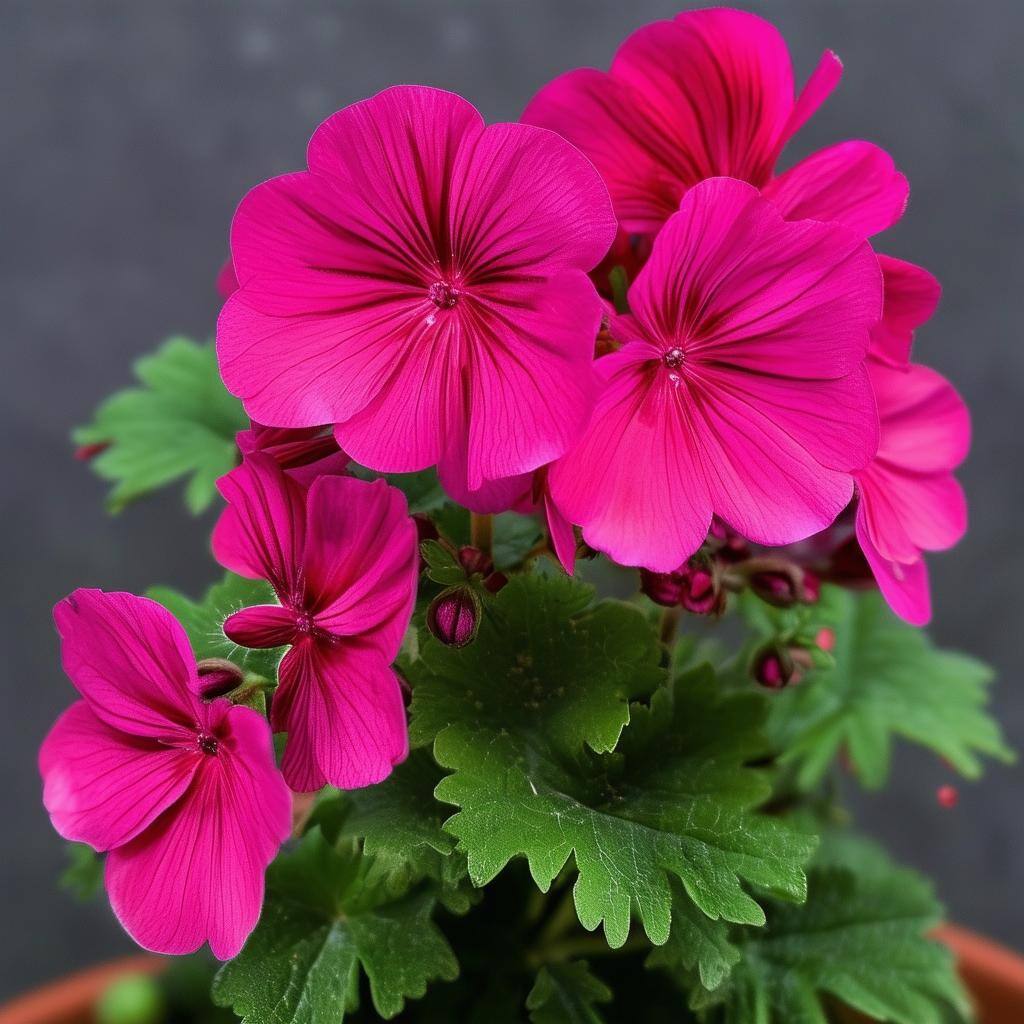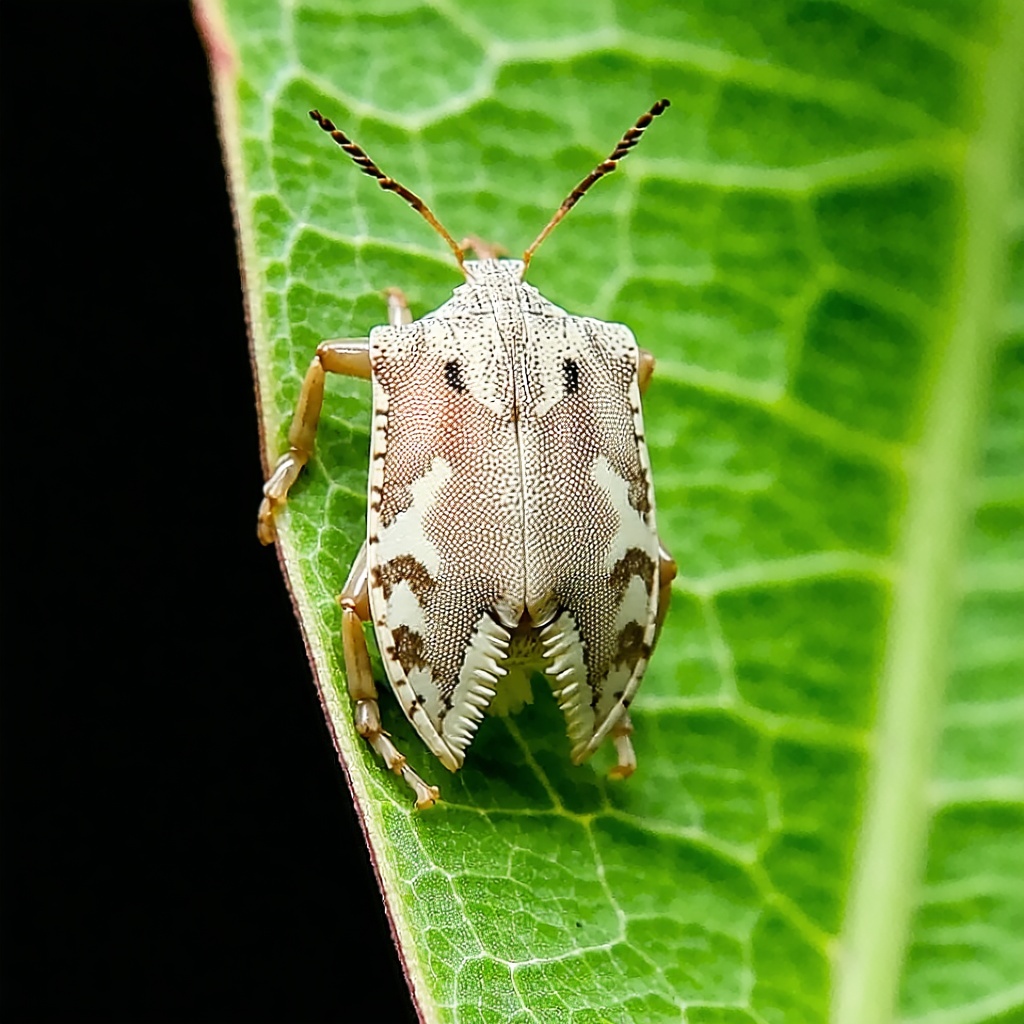
Unlock the secrets to a flourishing broad bean garden with these essential tips that every gardener should know.
Choosing the Right Variety for Your Climate
Selecting the right variety of broad beans is crucial for a successful harvest. Different varieties are suited to different climates, so it's important to choose one that will thrive in your local conditions. For instance, some varieties are more frost-resistant, making them ideal for cooler climates, while others perform better in warmer regions.
Consult with local gardening experts or your nearest garden center to find out which varieties are best suited for your area. Popular options include 'Aquadulce Claudia' for cooler climates and 'Windsor' for milder conditions.
Preparing the Soil for Optimal Growth
Broad beans thrive in well-drained, fertile soil with plenty of organic matter. Before planting, prepare your garden bed by removing any weeds and incorporating compost or well-rotted manure into the soil. This will provide the nutrients needed for healthy growth.
Ensure the soil pH is between 6.0 and 7.0. If your soil is too acidic, consider adding lime to adjust the pH level. Good soil preparation will give your broad beans the best start and encourage strong, vigorous plants.
5 step guide to Planting Broad Beans
1. **Choose the Right Time**: Broad beans can be sown directly into the ground in early spring or late autumn, depending on your climate. Ensure the soil temperature is above 50°F (10°C).
2. **Prepare the Seeds**: Soak the seeds overnight to speed up germination. This step is optional but can be beneficial.
3. **Plant the Seeds**: Sow seeds 2 inches deep and 8 inches apart in rows that are 18 inches apart. Firm the soil gently over the seeds.
4. **Watering**: Water the seeds thoroughly after planting and keep the soil consistently moist but not waterlogged.
5. **Support**: As the plants grow, provide support with stakes or a trellis to keep them upright and reduce the risk of damage from wind.
Essential Care Tips During the Growing Season
Regular watering is crucial during the growing season, especially during dry spells. Aim to keep the soil consistently moist but avoid waterlogging.
Mulching around the plants can help conserve moisture and suppress weeds. Additionally, it's essential to monitor for pests and diseases, and take prompt action if any issues arise. Providing regular support and staking will help keep the plants healthy and productive.
Harvesting and Storing Your Broad Beans
Broad beans are ready to harvest when the pods are well-filled and the beans inside are plump and tender. This is usually about 3-4 months after planting. To harvest, simply pick the pods from the plant.
For storage, broad beans can be kept in the refrigerator for up to a week. For longer storage, blanch the beans briefly in boiling water, then freeze them. Proper storage ensures you can enjoy your homegrown broad beans long after the harvest season.
Common pests & diseases
Broad beans can be susceptible to a variety of pests and diseases. Common pests include aphids, slugs, and snails. Regular inspection and prompt removal of these pests can help protect your plants.
Diseases such as chocolate spot and rust can also affect broad beans. To prevent these, ensure good air circulation around the plants and avoid overhead watering. If you notice any signs of disease, remove the affected parts of the plant and dispose of them properly.
Companion plants
Planting broad beans alongside companion plants can improve their growth and protect them from pests. Good companions for broad beans include carrots, lettuce, and potatoes. These plants benefit from the nitrogen-fixing properties of broad beans, which enrich the soil.
Avoid planting broad beans near onions or garlic, as these can inhibit their growth. A well-planned companion planting strategy can lead to a healthier and more productive garden.
Best varieties of broad bean & where to buy
There are many varieties of broad beans to choose from, each with its own unique characteristics. Some of the best varieties include 'Aquadulce Claudia', 'Windsor', and 'Imperial Green Longpod'.
You can purchase broad bean seeds from local garden centers, online seed retailers, or through gardening catalogs. Make sure to buy seeds from reputable sources to ensure good quality and disease-free plants.
Typical height and spread
Broad bean plants typically grow to a height of 3 to 4 feet (90 to 120 cm) and have a spread of about 1 to 2 feet (30 to 60 cm).
Providing adequate space between plants is essential to allow for good air circulation and to reduce the risk of diseases. Proper spacing also makes it easier to manage and harvest the plants.
FAQ
How long do broad beans take to grow from seed? Broad beans typically take about 3 to 4 months to mature from seed.
Do you soak broad bean seeds before planting? Soaking seeds overnight can speed up germination, but it is not essential.
When to plant broad beans in the US? Plant in early spring or late autumn, depending on your climate.
Do you pinch out broad bean seedlings? Yes, pinching out the growing tips can encourage bushier growth and more pods.
Do broad beans need a trellis? While not essential, a trellis can help support the plants and prevent them from falling over.
Do slugs eat broad bean plants? Yes, slugs can be a problem. Use slug traps or barriers to protect your plants.
Do broad beans need a lot of water? They need consistent moisture, especially during dry spells.
How deep to transplant bean seedlings? Transplant seedlings at the same depth they were growing in their pots.
What is the best fertilizer for broad beans? A balanced fertilizer with equal parts nitrogen, phosphorus, and potassium works well.
Is Epsom salt good for broad beans? Epsom salt can provide magnesium, which is beneficial, but use it sparingly.
Can broad beans be grown in pots? Yes, choose a large pot with good drainage.
Are coffee grounds good for broad beans? Coffee grounds can be used as a mulch or compost addition but should not be overused.
Do rats eat broad beans? Yes, rats can eat broad beans. Use protective measures to keep them away.
What is eating my beans as soon as they sprout? Pests like slugs and snails are common culprits. Use barriers or traps to protect young plants.
How do I protect my beans from slugs? Use slug barriers, traps, or organic slug pellets.
Why are my broad beans flowering but no beans? Lack of pollination or poor growing conditions can cause this. Ensure plants are healthy and consider hand-pollinating.
When to pinch out broad beans? Pinch out the growing tips once the plants have set pods.
What grows well with broad beans? Good companions include carrots, lettuce, and potatoes.



